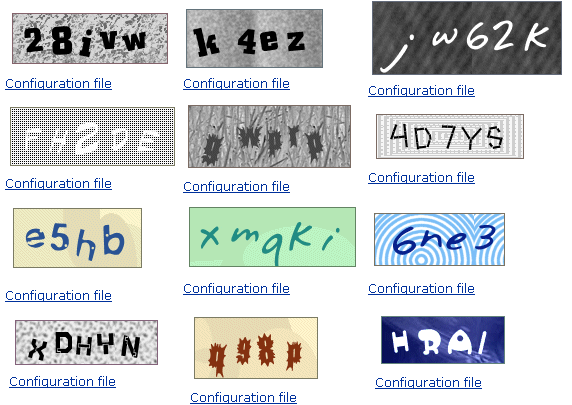

Zhang, A recognition method of twisted and pasted character verification code, Pattern Recogn., 3 (2014), 235–241. Shi, et al., CAPTCHA recognition method based on LSTM RNN, Pattern Recogn., 1 (2011), 40–47. Ahmad, A low-cost attack on a Microsoft CAPTCHA, Proceedings of the ACM Conference on Computer and Communications Security, (2008), 543–554. Yin, Image verification code identification of hyphen, Comput. CAPTCHA recognition based on deep convolutional neural network. Furthermore, the recognition accuracy of CAPTCHA with the background noise and character adhesion is above 99.9%.Ĭitation: Jing Wang, Jiaohua Qin, Xuyu Xiang, Yun Tan, Nan Pan.

Experiments show that the new network not only keeps the primary performance advantages of the DenseNets but also effectively reduces the memory consumption. Finally, we test the Chinese or English CAPTCHAs experimentally with different numbers of characters. Secondly, we input the CAPTCHA images of TFrecords format into the DFCR for model training. Firstly, we reduce the number of convolutional blocks and build corresponding classifiers for different types of CAPTCHA images. So we improve and construct a new DenseNet for CAPTCHA recognition (DFCR). However, it also has caused great memory consumption.

Not only it effectively alleviates the vanishing-gradient problem, but also dramatically reduce the number of parameters. The Dense Convolutional Network (DenseNet) has shown excellent classification performance which adopts cross-layer connection. Aiming at the problems of low efficiency and poor accuracy of traditional CAPTCHA recognition methods, we have proposed a more efficient way based on deep convolutional neural network (CNN).


 0 kommentar(er)
0 kommentar(er)
